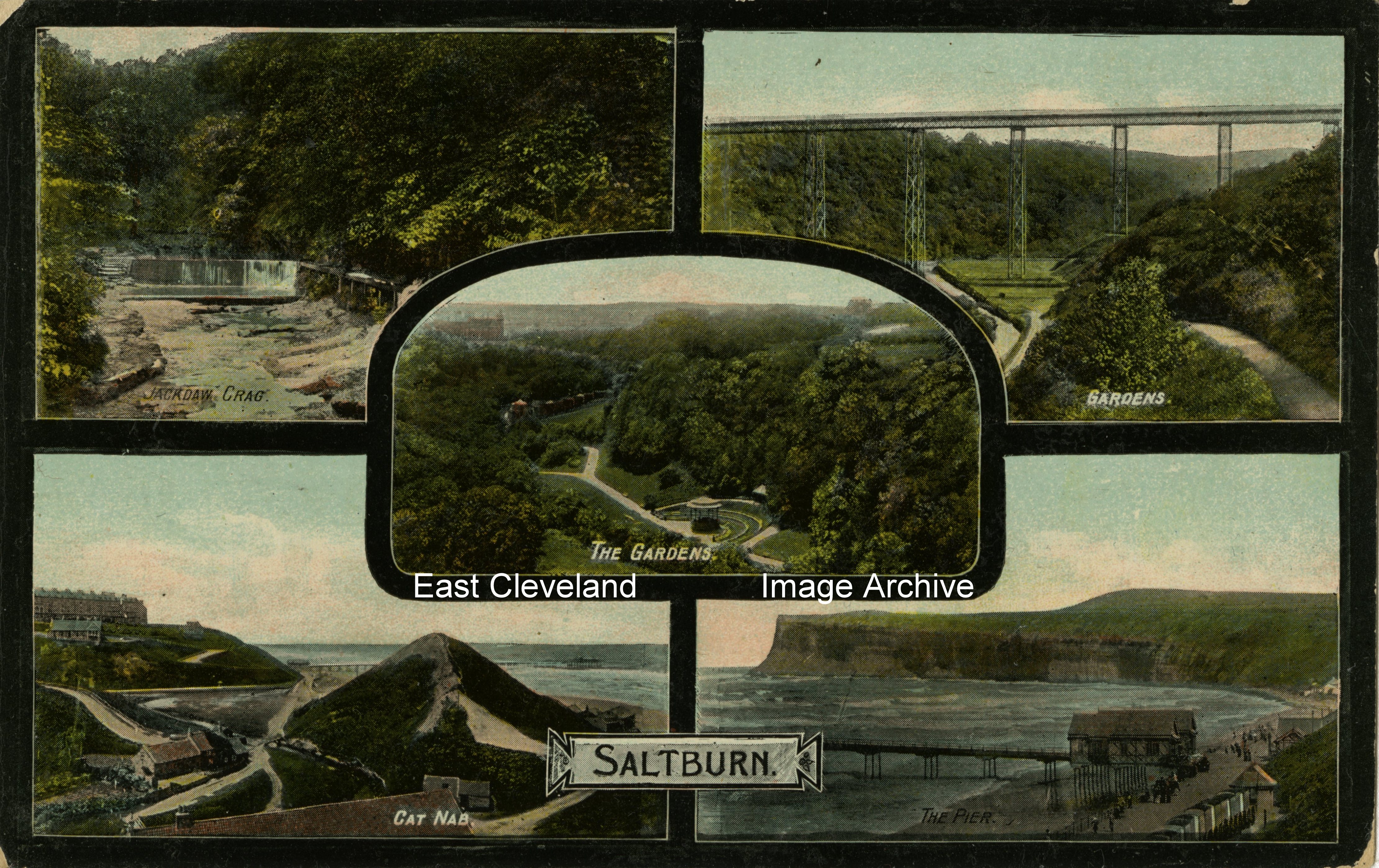
A “JAY EM JAY Series” postcard dating from 1907, the senders of the card were returning to Redcar after ‘A wet morning’. Still the views of Saltburn are really wonderful.
Image courtesy of John G. Hannah.
|
|
||
 A “JAY EM JAY Series” postcard dating from 1907, the senders of the card were returning to Redcar after ‘A wet morning’. Still the views of Saltburn are really wonderful. Image courtesy of John G. Hannah. 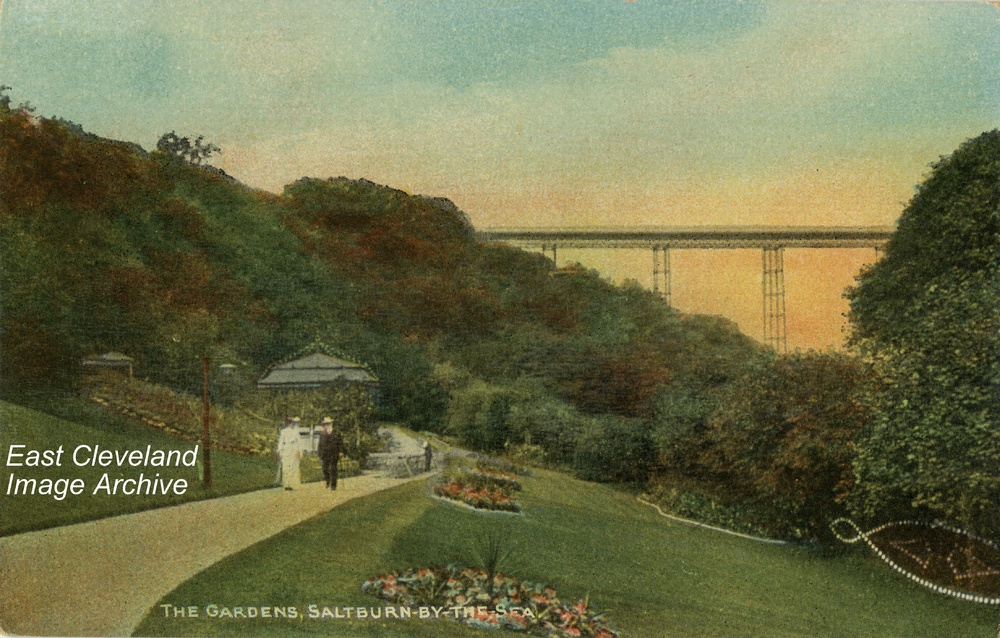 A postcard produce by ‘H. Hamilton, Victoria Library, Saltburn-by-the-sea’ of the Italian Gardens with the Ha’penny Bridge in the background. Unused, but believed to date from the 1920’s. Image courtesy of John G. Hannah 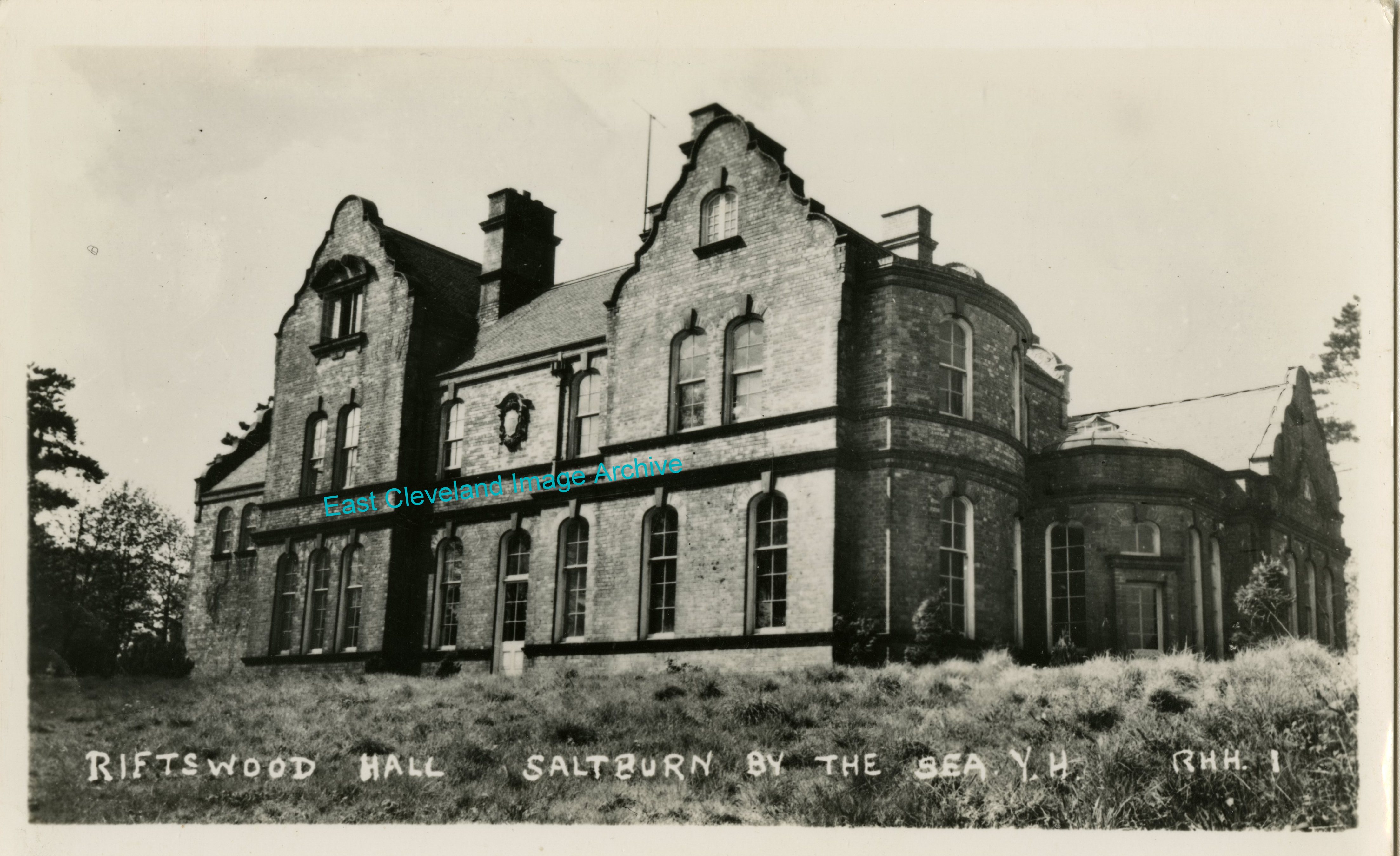 This postcard view of the Youth Hostel at Saltburn is unused so any date would have to be approximate; like all Youth Hostels this would be one of a series of postcards produced to promote the Hostel. Christine advises: “I have the exact photo from 1969 when I went with my primary school would love to see any photographs from my visit.” Image courtesy of John G. Hannah, thanks to Christine for the update. 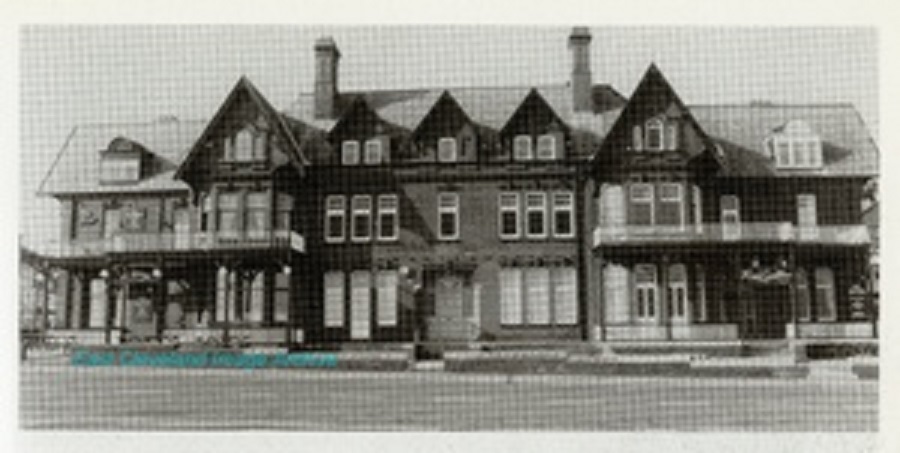 Marine Parade has wonderful views of the sea which were part of the original attraction of the development of Saltburn. This block of properties; Marine Hotel on the left, Masonic Hall in the centre and Red Gables on the right. The Marine Hotel was formerly Dr Burnett’s private house with his surgery at the rear. The Masonic Hall’s basement (after strengthening) was the headquarters of the ARP – air raid wardens – during World War II. Red Lodge was for many years used by Saltburn High School for Girls and is now a block of flats or apartments. Janet Courage (nee Thurlow) tells us: ”I attended Red Lodge in 1952, my first year of High School before moving to Cleveland Grammar School. I remember going down to the beach for P.E., those treks back and forth to Saltburn High School. I have lived in Vancouver, Canada since 1957 and just decided to find out what happened to Red Lodge.” Jenny Traveller responds with: “Thank you Janet! My mother ( born 1932) went to Saltburn High School and mentioned Red lodge and Pearl Hall as former school buildings to me before my very recent visit to Saltburn. I found the main school building, now used as the Earthbeat centre,and took photographs to show my Mum, but could not find Red Lodge or Pearl Hall. I did find Pearl Street, but found no trace of Pearl Hall. I walked past the Marine Hotel and Masonic Lodge without realising that Red Lodge was part of the same row. So thank you!” Image courtesy of a friend of the ECIA, many thanks to Janet Courage and Jenny Traveller for the updates. 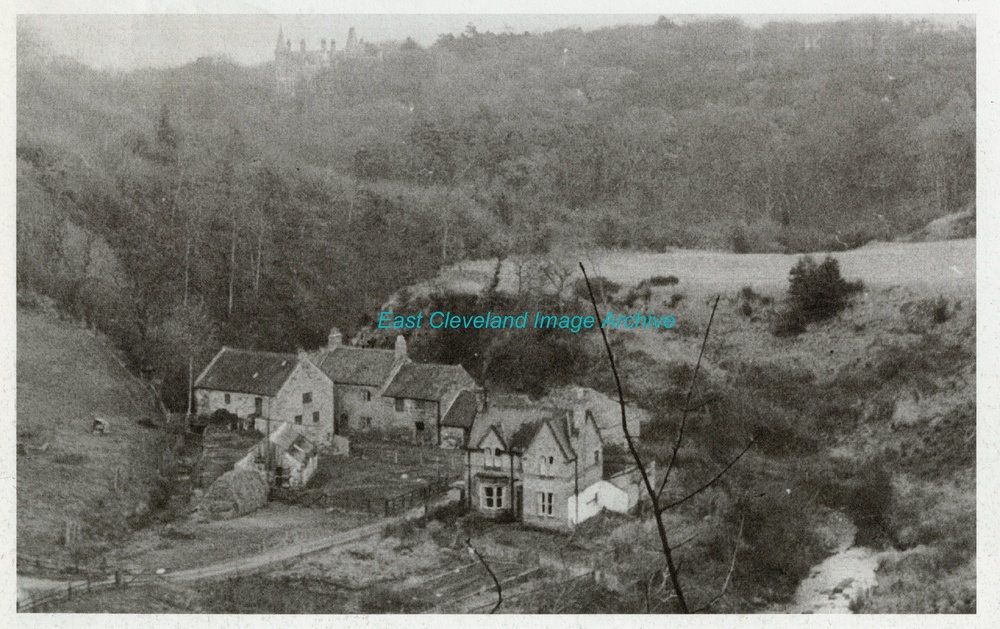 Another view of Marske Mill taken from the railway viaduct, we believe this is view is from the late 19th century. The house was built by the North Eastern Railway during the erection of the viaduct as the Superintendent or custodian’s of the viaduct. The house looks remarkably clean, no ivy or closely growing trees. But we await a definite date. Image courtesy of a friend of the ECIA. 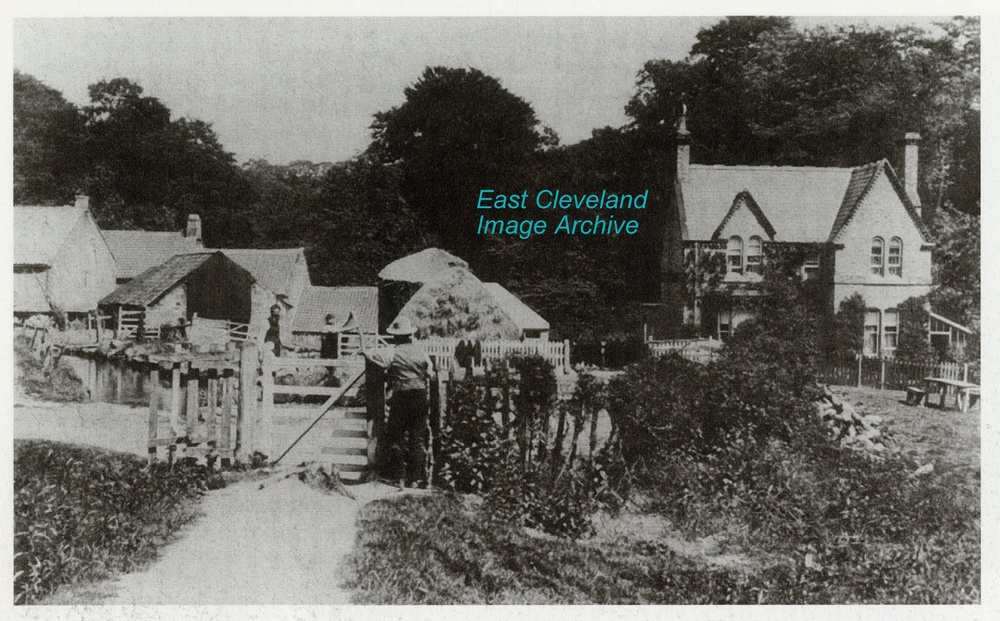 Marske Mill House was part of the collection of buildings gathered round Marske Mill, which sheltered beside Saltburn railway viaduct. The house on the left of this image was not the original miller’s house; being built for the erection of the railway viaductg. Alas the mill is no more, it was a long way from Marske; that village having no water sources suitable to power a water mill. Saltburn Mill house can still be seen further down the same valley, nestled beside Cat Nab and below the road to Brotton. We believe the image dates from the 1930’s as it appears to be operating more as a farm (judging by the haystacks, etc.), although we welcome any updates upon this. Geoffrey Wilson comments: “This photograph of Marske mill; never heard it called mill house. I lived down there as a young boy. My grandfather farmed it until his death. I know a little about the Mill near Catnab, l believe it was in Smith’s Wood. Image courtesy of the Pem Holliday Collection, thanks to Geoffrey Wilson for the update. 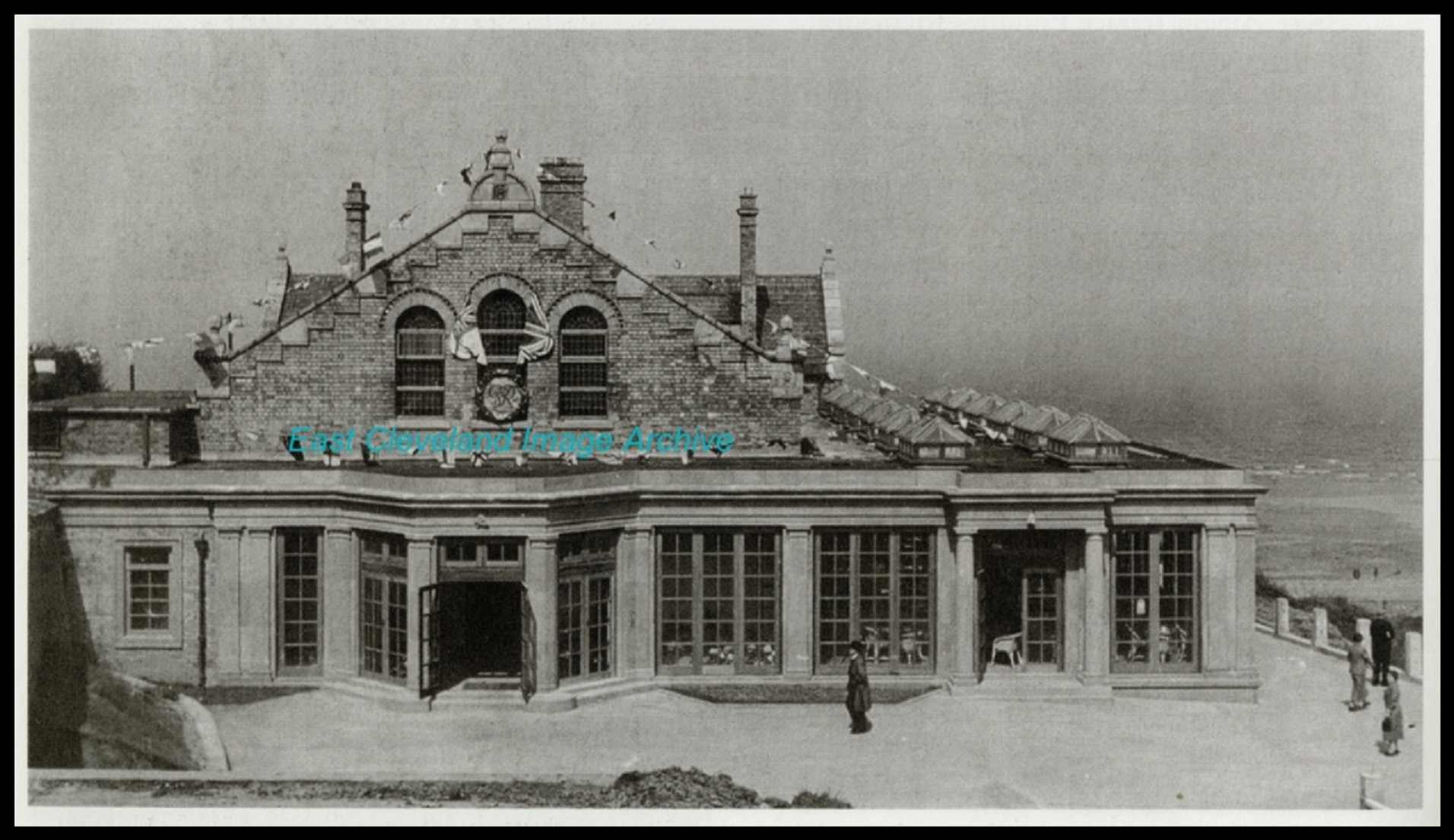 Built in 1884 as the Assembly Rooms and becoming known as the Spa Pavilion and familiar to all who travel up and down Saltburn Bank, originally known as ‘Cart Bank’. The original Assembly Rooms were to have been built on the corner of Britannia Terrace and Milton Street, but lack of funding was a problem. Image courtesy of the Pem Holliday and David Linton Collections and others, thanks to Anthony Simpson for the update. 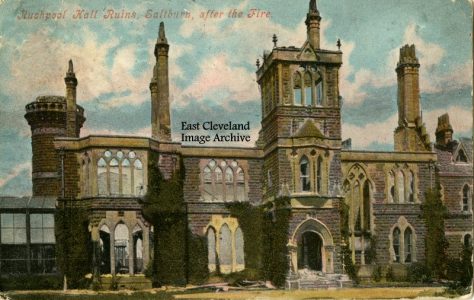  Rushpool Hall is one of the finest specimens of Victorian architecture to be found in North Yorkshire. It was constructed at the head of the valley gardens in Saltburn-by-the-Sea in the years 1863-4 for Mr John Bell, one of the Victorian pioneer Ironmasters of Bell Brothers a company that controlled and worked the ironstone mines at Skelton-in-Cleveland. It seems logical that the magnificent Rushpool Hall was built with the first ironstone raised from Bell Brothers Skelton Shaft mine. After John Bell died in 1888, Sir Arthur Dorman (of Dorman Long Iron & Steel Works) moved in. Sir Joseph Walton, coal mine owner, active Wesleyan Methodist and Liberal Party MP purchased the property after it was renovated in 1906 following the great fire on 20th February 1904. The Hall was almost destroyed when a maids candle accidentally caused a curtain to catch alight. The construction of the outer walls built from ironstone mined in the Bell brothers Skelton shaft mine is probably the main reason why the Hall survived the fire. It is today a hotel and premier wedding and function venue. Our image is taken from a post card post marked 21st September 1904, so must have been very topical at the time! Image courtesy of Olive Bennett, additional information courtesy of Rushpool Hall. 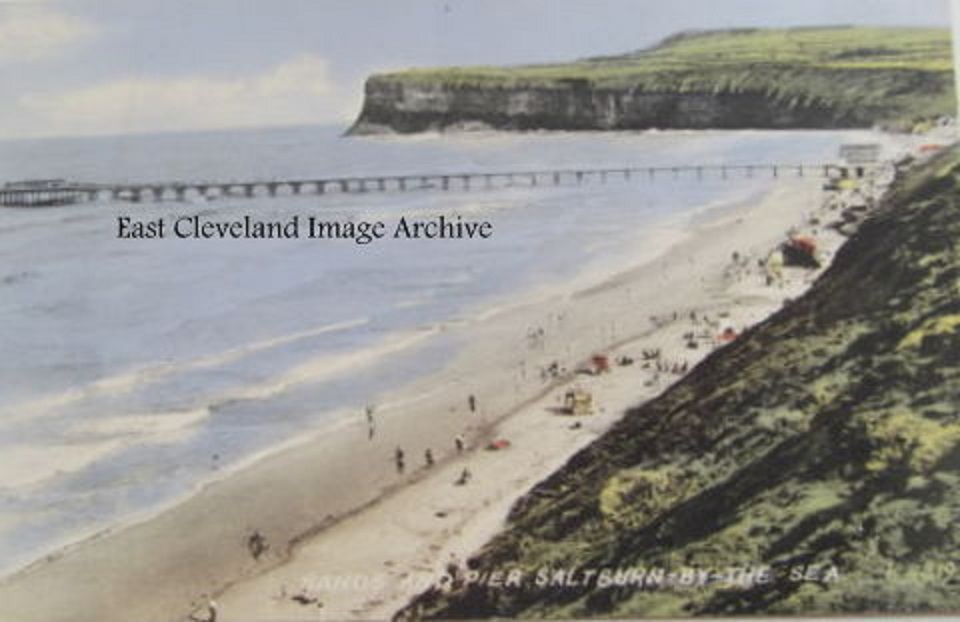 A postcard view of Saltburn pre 1974 it is believed. A lovely sunny day and the dark presence of Huntcliffe in the background cannot diminish the beauty of the beach. Callum Duff tells us: ”The Pier was finally reopened in 1952 after being breached as a precaution during WW2. The refurbishment between the end of the war and this date also saw the removal of the bandstand and the addition of glass screens on the two walkways, either side of the shore buildings. The pierhead was lost in 1974 so there’s a timeline of 22 years. I would guess that perhaps this image dates from around 1960 when the shore end buildings were weatherboarded and painted white before Saltburn’s Centenary Celebrations in 1961.” Image courtesy of a supporter of the Archive and many thanks to Callum Duff for the update. 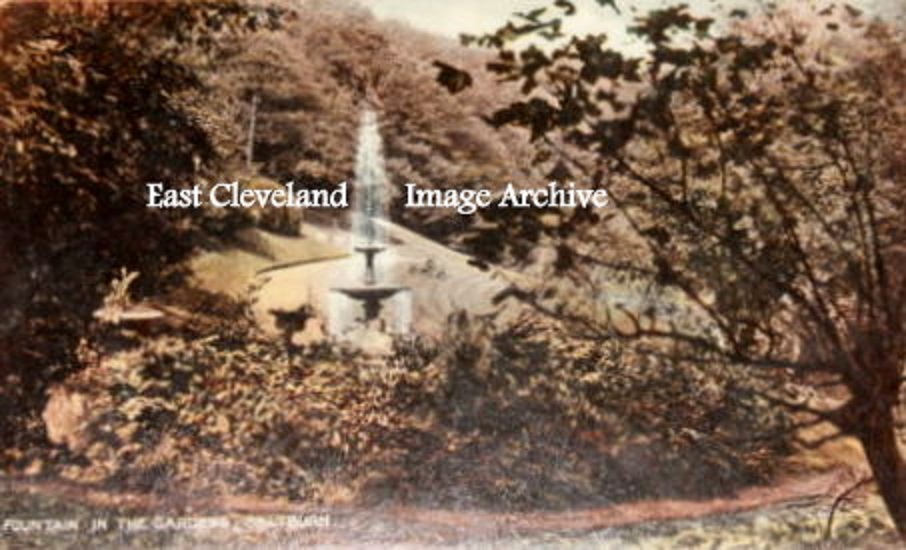 An early postcard view of the fountain which once graced the water feature in the Valley Gardens (or Italian Gardens as my grandmother used to remind us!). This sadly disappeared many years ago. Callum Duff advises: ”This fountain was one of the early features of The Valley Gardens and stood on the flat land below what is now the lawn adjoining the tearoom. It was built sometime between 1862 and 1874 and was surrounded by decorative urns. The base of the fountain can be seen to the north of what was the Chalybeate spring. The fountain itself was moved after World War II to the site of the bandstand bombed in 1940 and remains of it still exist today. Some of the bases of the decorative urns still exist either in the vicinity of the fountain’s original location or in the beck nearby.” Image courtesy of a supporter of the Archive and many thanks to Callum Duff for the supporting information. |
||
Recent Comments